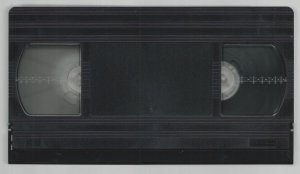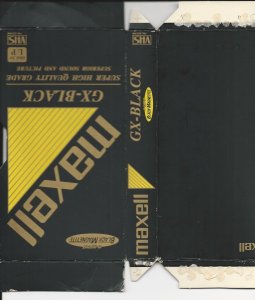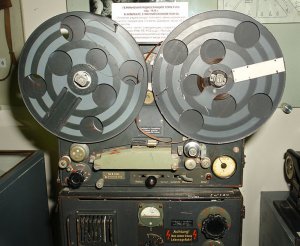Hi fans,
@mauther has gone retro and developed a paper model of - a BASF music cassette! Just check this out:

http://papermau.blogspot.de/2016/07/1985s-basf-lh-ei-90-cassette-tape-paper.html
This is such a cool gimmick that I have to post it here. Moreover, with this model mauther has made my todo list shorter: When I was digitzing my old VHS cassettes I scanned one of them to launch a retro / vintage collection myself. This is a first glimpse at the result:



This is a WIP, several things have to be edited so it does not look as good as it will when finished. The final model will be released soon. And yes, it will be in 1:1 scale!
Thank you, mauther! rinks:
rinks:
Have fun and enjoy!
@mauther has gone retro and developed a paper model of - a BASF music cassette! Just check this out:
http://papermau.blogspot.de/2016/07/1985s-basf-lh-ei-90-cassette-tape-paper.html
This is such a cool gimmick that I have to post it here. Moreover, with this model mauther has made my todo list shorter: When I was digitzing my old VHS cassettes I scanned one of them to launch a retro / vintage collection myself. This is a first glimpse at the result:



This is a WIP, several things have to be edited so it does not look as good as it will when finished. The final model will be released soon. And yes, it will be in 1:1 scale!
Thank you, mauther!
Have fun and enjoy!


